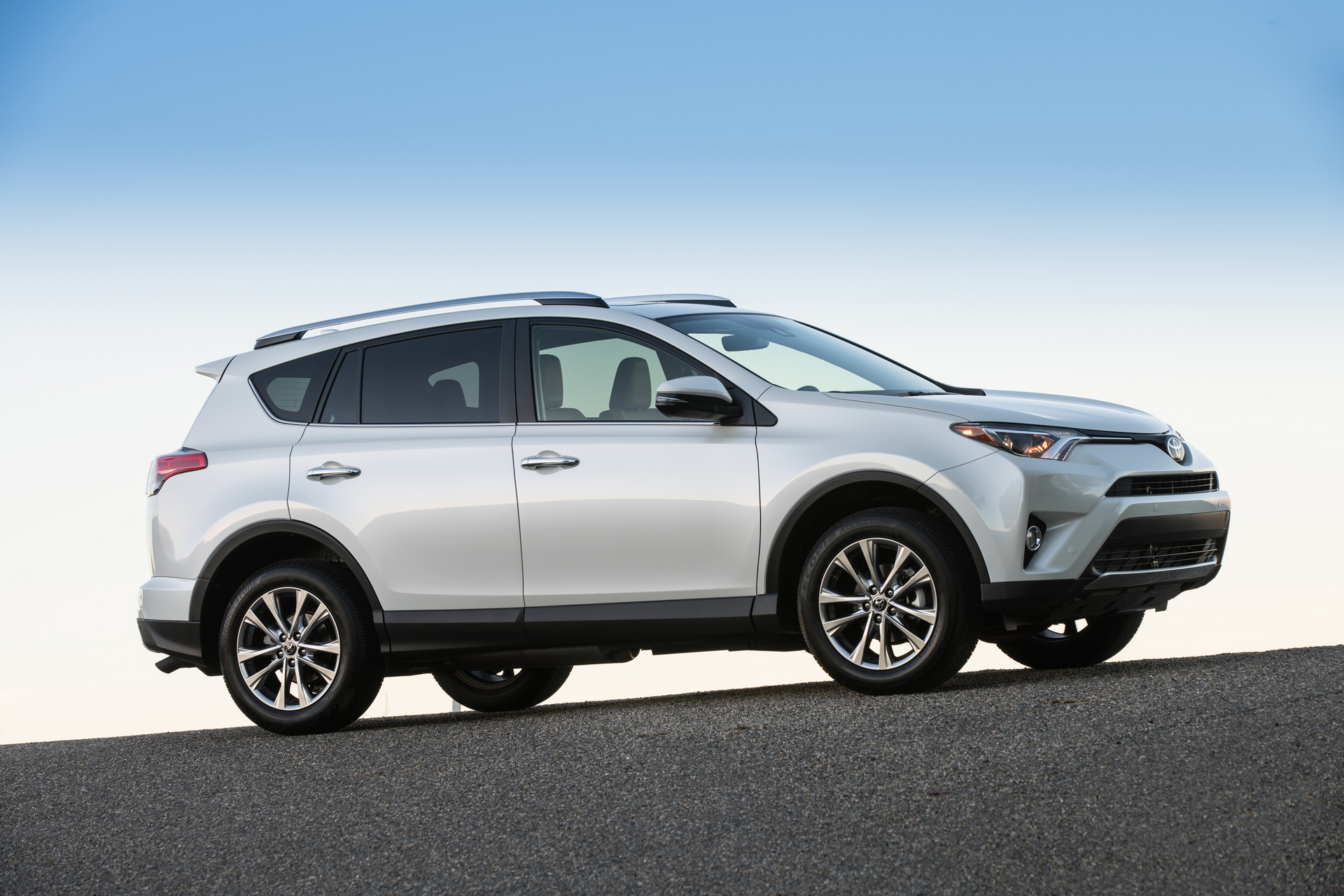It can happen to anyone – an unexpected twist of fate or a trivial change of plans and you’re left with the leased car that you no longer need. What should you do? The obvious answer is returning the car, but that’s exactly what you shouldn’t do if you want to save your money.
Why You Shouldn’t Return the Car
Returning the car will lead to huge termination fees and penalties, as well as the full financial responsibility for all remaining payments in most lease deals. This means it is very expensive – even more expensive than just park the car in the garage for the remaining lease period. You can request a voluntary repossession, which means you will not be responsible for remaining payments, but that will severely ruin your credit score and you won’t be able to lease a car in the near future (and probably get a loan too).
Another popular option is returning the car in exchange for the newer one with a refreshed lease from the same lessor. You will still have to pay monthly payments for the old car that is no longer in your possession, as well as for the new one, but you will avoid any termination fees and penalties. If your lease expires in a couple of months, it is probably the best option available.

2016 Toyota RAV4 Limited. With a lease as low as $199 per month, it is one of the best SUVs to Lease under $200 © Toyota Motor Corporation
Lease Transfers
In recent years, the lease market adopted a new form of breaking a car lease which is called lease transfer. The mechanism is simple – you seek for a person who will take your lease deal (and a car, obviously), transfer the deal, and no longer bear the responsibility for the lease without any fees and penalties.
You can find out about lease transfers, their restrictions and pitfalls in our recent post ‘What Happens if You Return a Leased Car Early?‘.







































